Easter: Orthodox Style
Orthodox Easter falls on 5 May in 2024, coming on the heels of seven trying weeks of Lent. According to Orthodox tradition, believers should abstain from all animal products (meat, eggs, milk, butter, cheese, etc.) and alcohol! It comes as a surprise to many outsiders how strictly Lent is observed in Ukraine. Many of your drinking buddies will drop off the radar and many restaurants adapt their menus in order to remain attractive to the faithful. It’s no surprise that Easter Sunday (the official end of Lent) is one of the most anticipated days of the year.
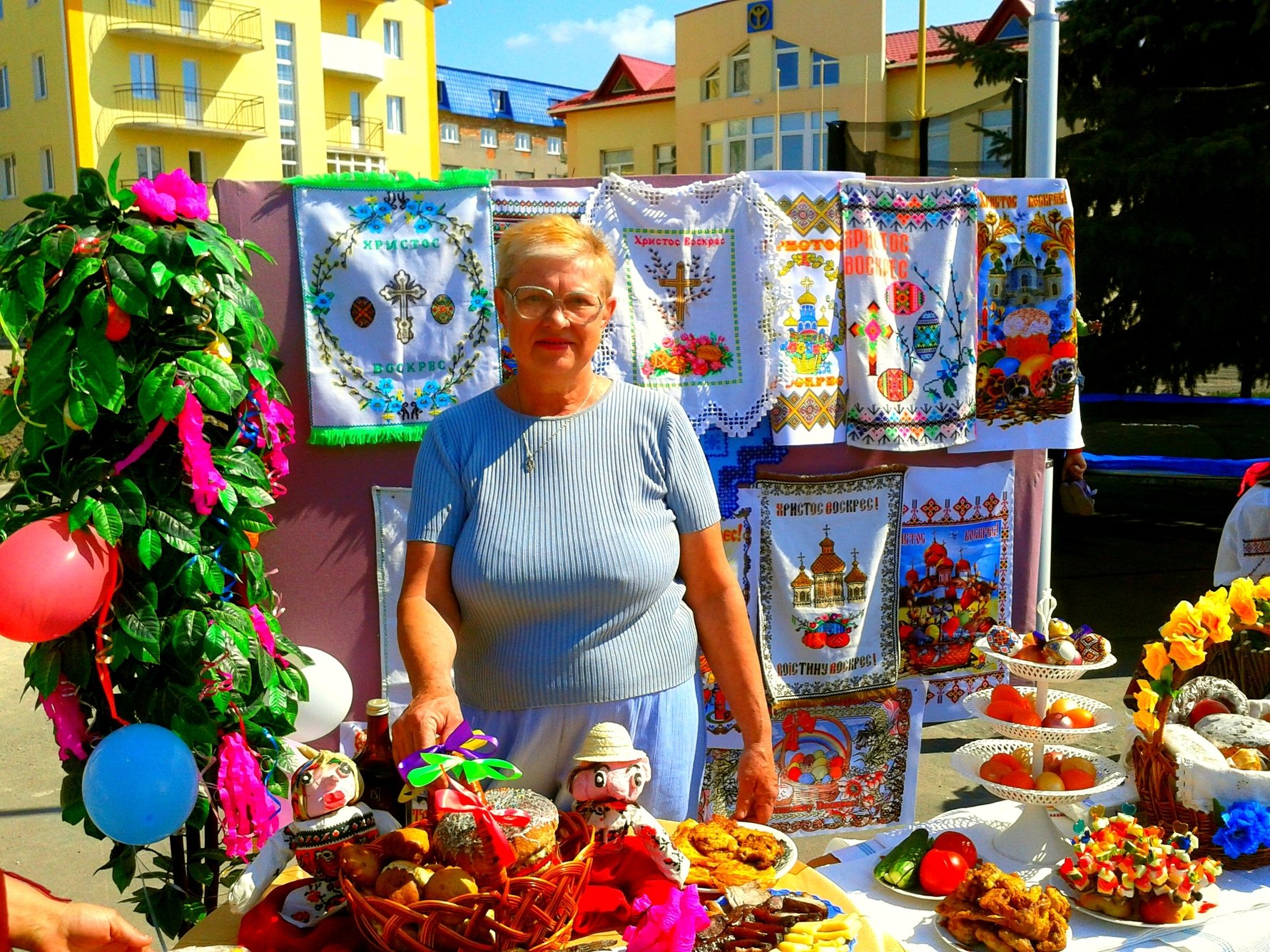
Passion Week
Lent ends with Passion Week, which kicks-off with Willow (not Palm) Sunday? Palm trees, not surprisingly, don’t grow in Ukraine, so locals have to make do with willow branches to mark the day Jesus entered Jerusalem. On Palm Sunday, you’re sure to notice worshipers clenching blooming willow branches on their way to and from church. Another popular tradition takes place on Clean Thursday. Everything in your house, including yourself, must be scrubbed clean in preparation for Easter Sunday. Easter Saturday is set aside for painting eggs and baking paska. This round Easter cake is richly decorated. Some paskas have the letters XB woven into the decoration. This is the abbreviation for the sacred Ukrainian Orthodox phrase Khrystos Voskres (Christ is risen). The pressure’s on in the kitchen as all food must be prepared before Easter Sunday.
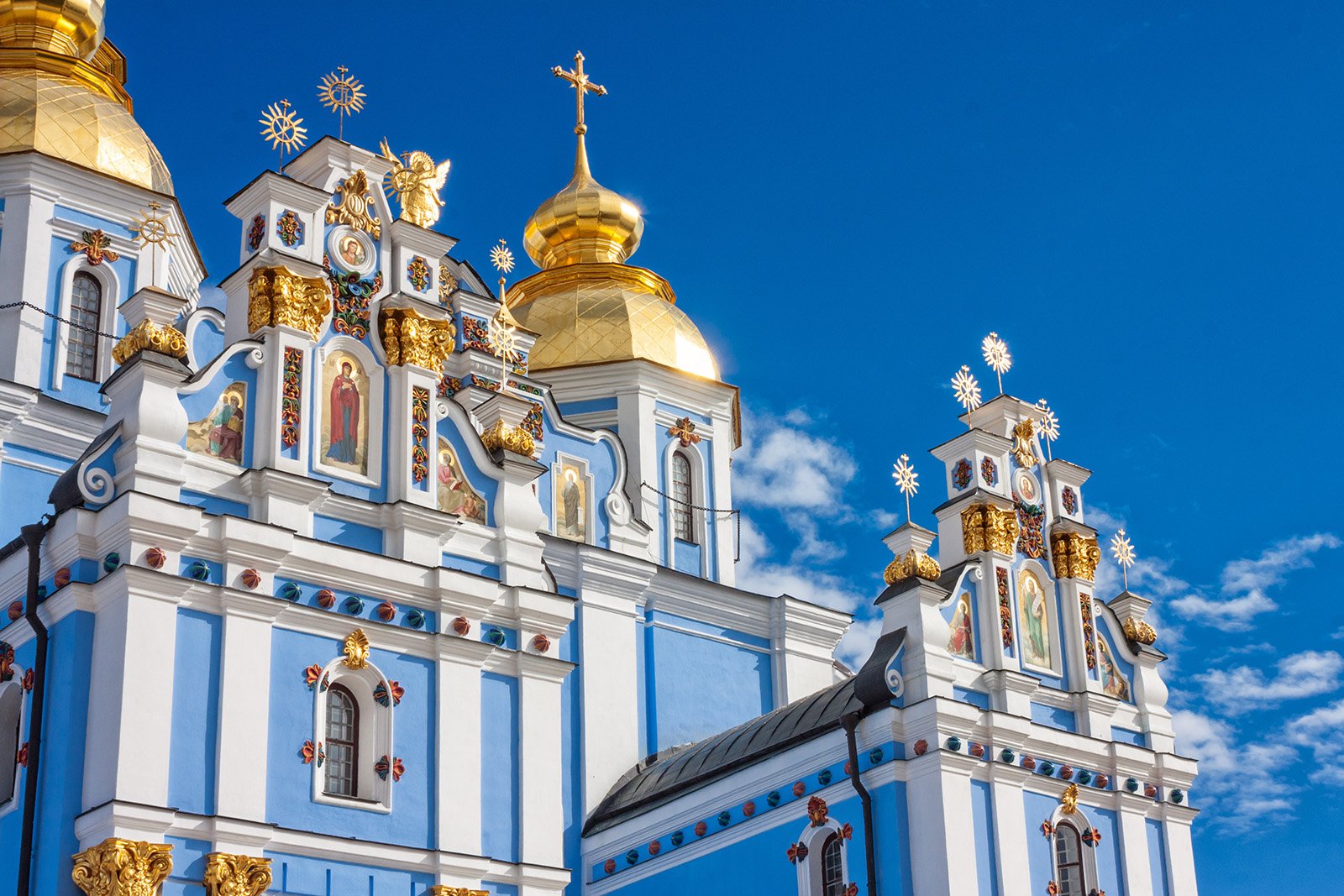
Easter Saturday and Sunday
Easter service begins late Saturday night and continues through Sunday morning. The city administration usually ensures that public transport runs throughout the night. Thousands of believers joyfully converge on churches throughout the city carrying Easter baskets full of traditional food. Following a festive mass, priests emerge from the church, weave through long rows of believers and whip holy water about. This blessing officially ends all abstinences associated with Lent and many believers head straight to nearby parks for a good old fashioned vodka party.
For the whole of the following week people greet each other with the words Khrystos Voskres (Christ is risen) and answer Voistynu Voskres (He has truly risen). This is followed by three kisses on the cheeks; a bit awkward for some westerners, but completely acceptable here. Don’t reject this act of well wishing, you may hurt feelings. Also note that dry kisses are the norm; wet kisses can send the wrong message. The central gates that hide the altars within Orthodox Churches are opened exclusively during Easter week signifying the importance of this holy time. This is a great opportunity to view some of the great treasures of the Orthodox Church.
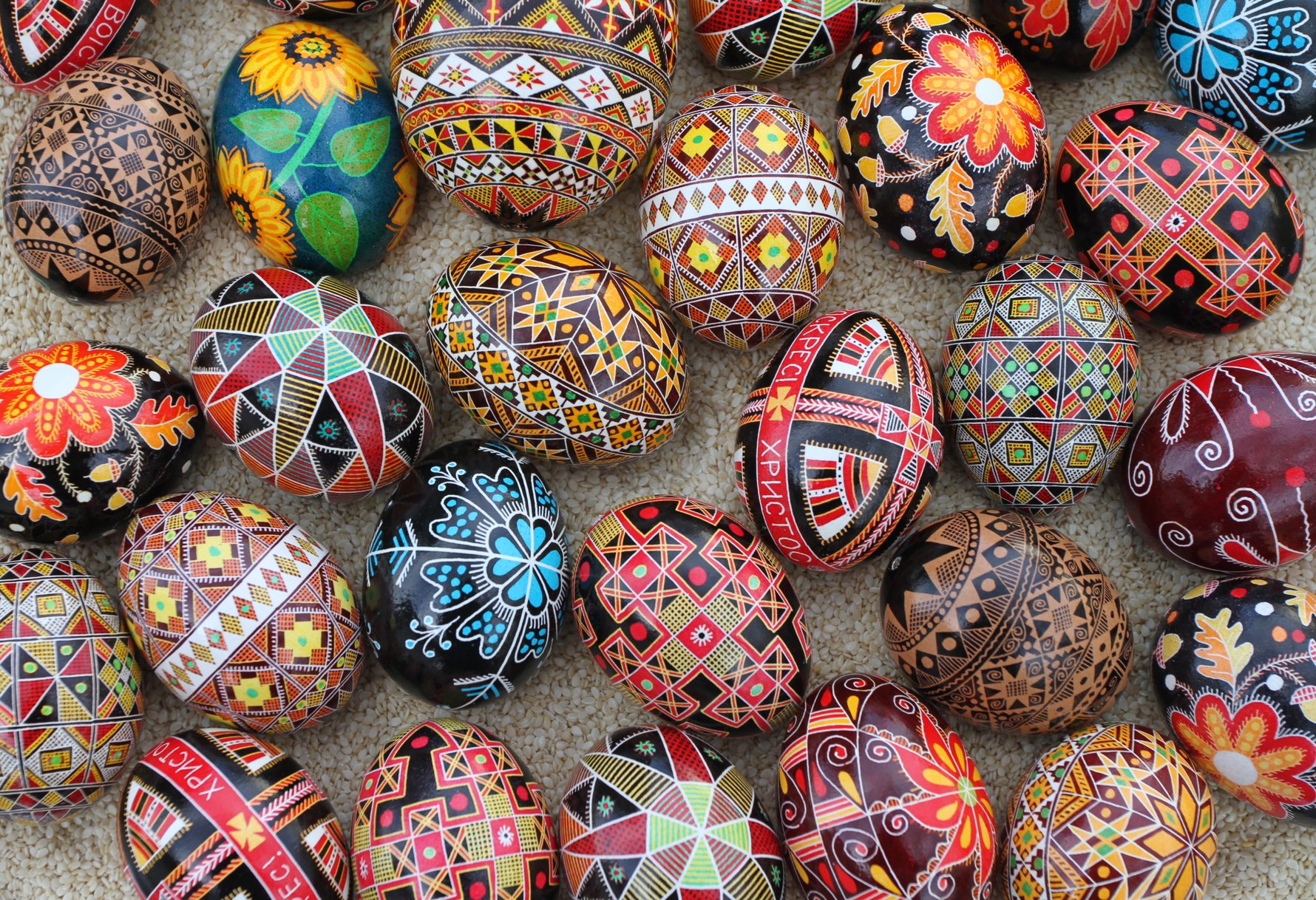
Orthodox Easter Eggs
Ukrainian kids have not yet adopted the western tradition of hunting for Easter eggs on Easter Sunday. That’s not to say that the egg has no role in Ukrainian Easter; far from it in fact. Traditional Ukrainian Easter eggs are often beautifully and skilfully painted and make fantastic souvenirs. Vendors on Andriyivs’ky Uzviz and a number of souvenir shops offer a wide variety, from cheap wooden eggs to hand painted dried hens’ eggs. Expensive and elaborately decorated wooden and ceramic eggs are also abundant and are real pieces of art. The most impressive Easter eggs - and those most familiar to westerners - are the jewel and gold ornamented Faberge eggs, created by the Russian Tsar’s court jeweller Karl Faberge at the end of the 19th Century.
The patterns and colours on contemporary eggs are deeply rooted in history. Many are borrowed from the Tripillian culture, which inhabited Ukraine about 6000 years ago. In pagan cultures, the egg symbolised life and when Kyiv adopted Christianity in 988 the egg began to symbolise eternal life and the resurrection of Christ.
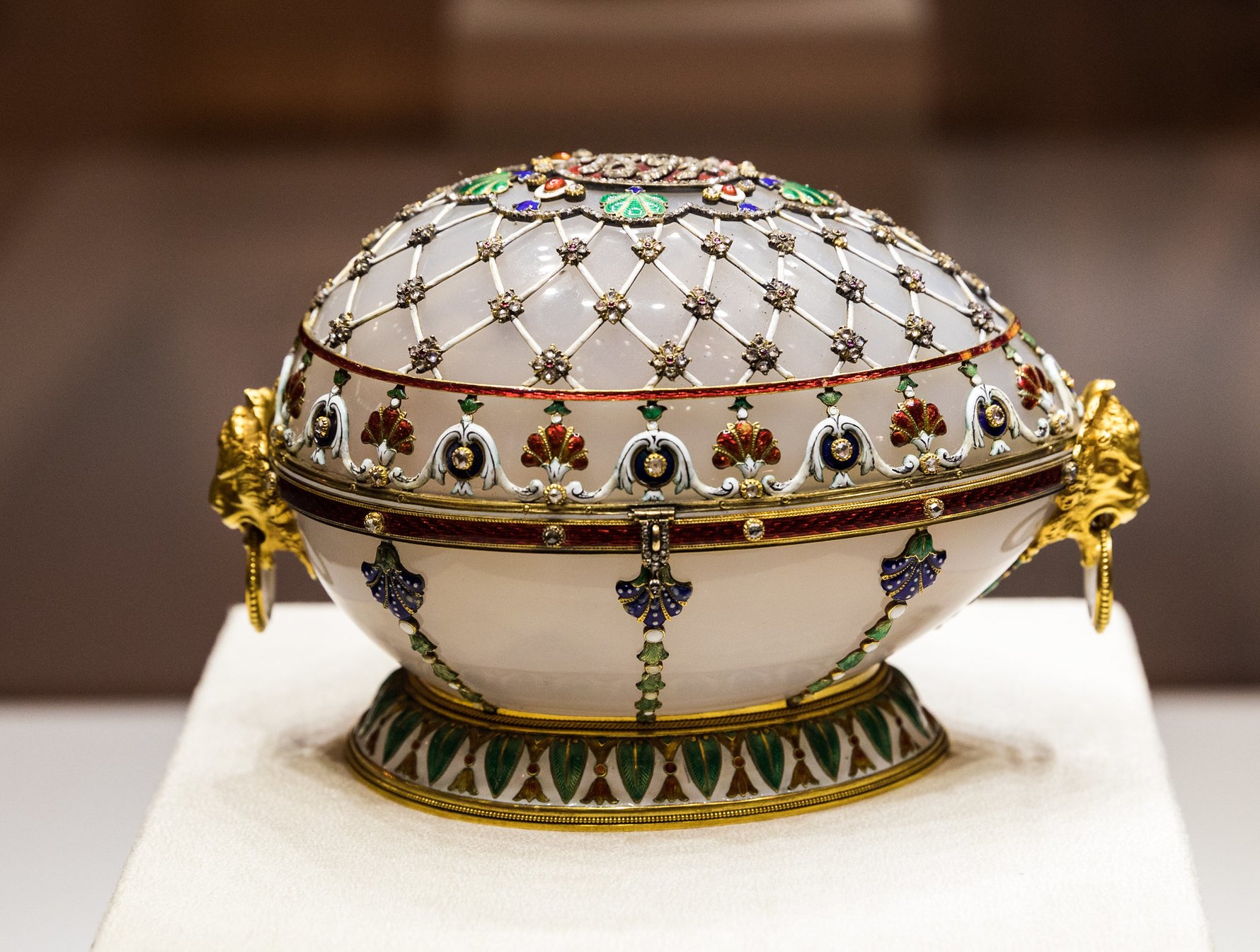
Krashanky (solid colour) and pysanky (decorated with different patterns and colours) are the two traditional types of decorated eggs. Traditional dyes have always been homemade; the most popular is made by simply boiling an onion peel. The intricate process of painting a pysanky egg involves multiple steps. The artist begins by drawing various patterns on the eggshell with wax. The egg is then immersed into progressively darker dyes, and the wax is melted off with a candle between each stage of colouring. Some of the artists who sell the eggs are happy to give lessons in this traditional technique.
Every colour and pattern has its own meaning. For example, red symbolises love, black - eternity, and blue - trust. A triangle represents the Trinity, a circle - eternity and the sun, a hen - fertility.


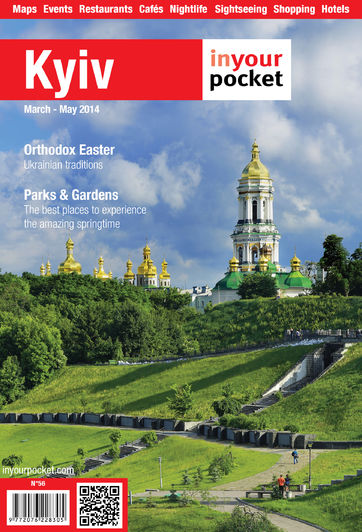
Comments